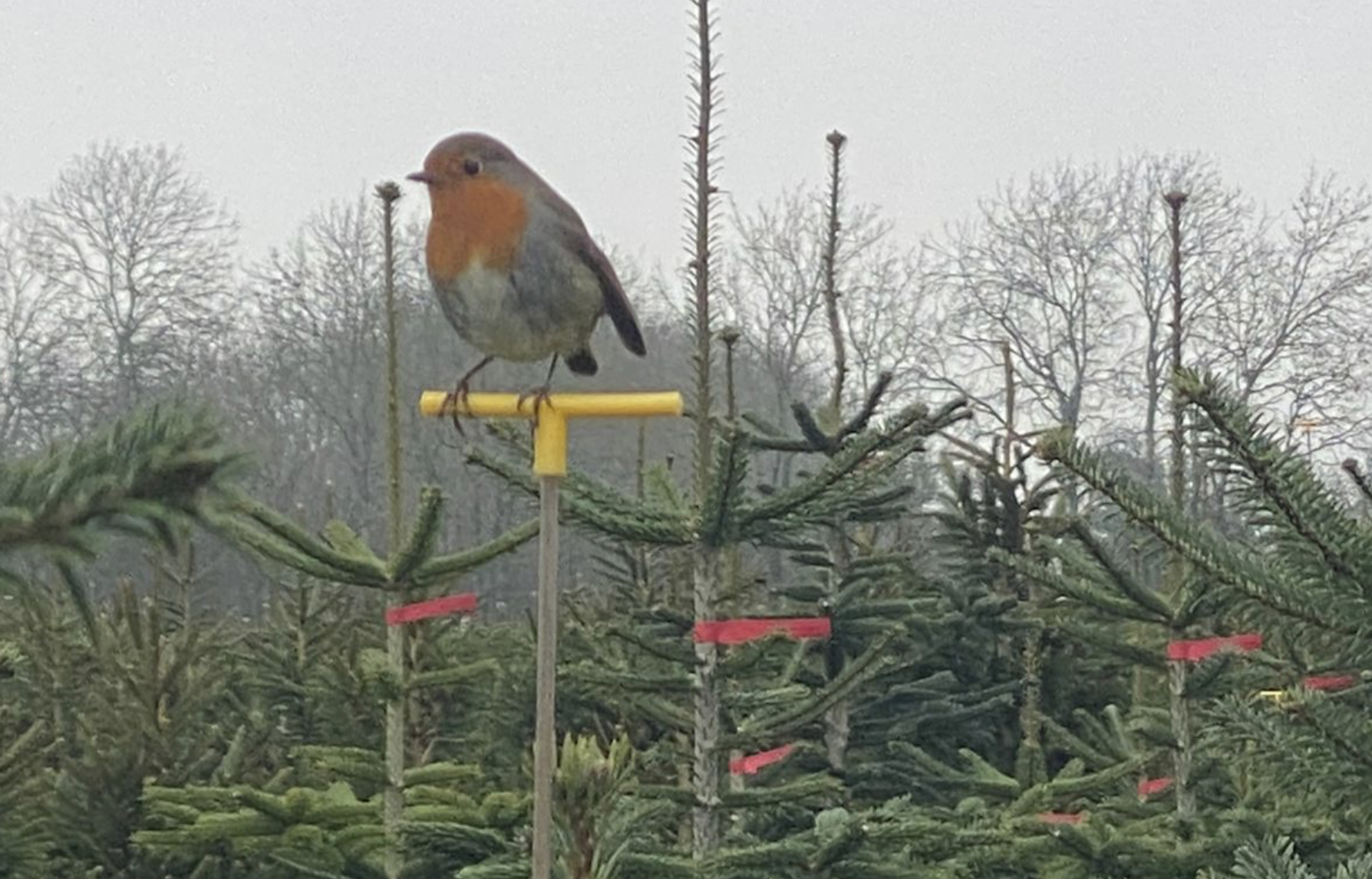British Christmas tree plantations have been found to support various species of conservation concern such as red squirrels and polecats, according to the first ever study of its kind undertaken in the UK.
Biodiversity was scrutinised at sites across the UK in a study commissioned by the British Christmas Tree Growers Association (BCTGA) to better understand the role that plantations play in providing habitats and supporting native wildlife.
The first set of results were revealed last year after the survey was carried out throughout 2022. Now, the second raft of results have been rolled out from this ground-breaking new research led by Colin Palmer (BCTGA Technical Advisor) who was supported by Nick Covarr, a Forestry & Woodland Management Consultant, also a lecturer at Harper Adams University and others.
The average 6ft Christmas tree takes 10 years to grow and attracts a wealth of wildlife during its growing cycle. Christmas trees are grown specifically to be harvested and for each one that’s cut, another tree is planted, providing a truly sustainable process. Over eight million Christmas trees were sold in 2021.
The latest results show fascinating details on the numbers and types of wildlife found in British Christmas tree plantations and highlight the importance they have as part of the countryside environment. Well-managed plantations were found to support insects, arachnids, and both native and migratory birds.
The study found that, by linking arable areas used to grow food crops, with patches of scrub and woodland, Christmas tree plantations contribute to the availability and maintenance of these green corridors which encourage the free movement of many wildlife species.
Declining native songbird populations were found to benefit from shelter and food sources offered by Christmas tree plantations when they are placed in conjunction with native woodland, scrub, grasslands, and arable fields. Red List bird species of conservation concern, including lapwing, skylark, linnets and redpolls were also identified.
Rory Young Chairman of BCTGA said: “This is a highly significant study which provides further evidence for why buying a local sustainably grown British Christmas tree is supporting nature and the environment.
“The study demonstrates, perhaps for the very first time, that many and varied species inhabit and pass through British Christmas tree plantations, and that their sensitive management can boost numbers of endangered native species by creating a mosaic of important habitats that promote biodiversity and healthy ecosystems.”
Many of the species detected by the surveys, which were carried out across BCTGA members’ sites across the UK in 2022, contribute to a natural hierarchy of predator and prey and so support a balanced environment.
Other key findings include:
- The dominant species found in trees were springtails, tiny arthropods that feed on microrobes, bacteria and fungi that can spread disease. Ladybirds and lacewings are also drawn to Christmas trees to prey on aphids.
- The next most numerous species found in the trees were small spiders which feed on aphids, mites and caterpillars, helping to prevent the spread of diseases and providing valuable food for birds.
- On the ground, six species of beetle were found, which are important for consuming crop pests such as slugs and aphids.
- Cultivation of low-growing, flowering plants such as clover around the base of trees, as well as wildflowers in headlands and brambles and scrub around borders of plantations greatly benefit bees and other flying pollinators.
- A total of 800 moths, representing 100 different species were detected, as were 1,524 frogs.
The BCTGA offers an up-to-date online directory of where to buy the best quality Christmas trees locally from sustainable plantations. For more details, visit bctga.co.uk.






